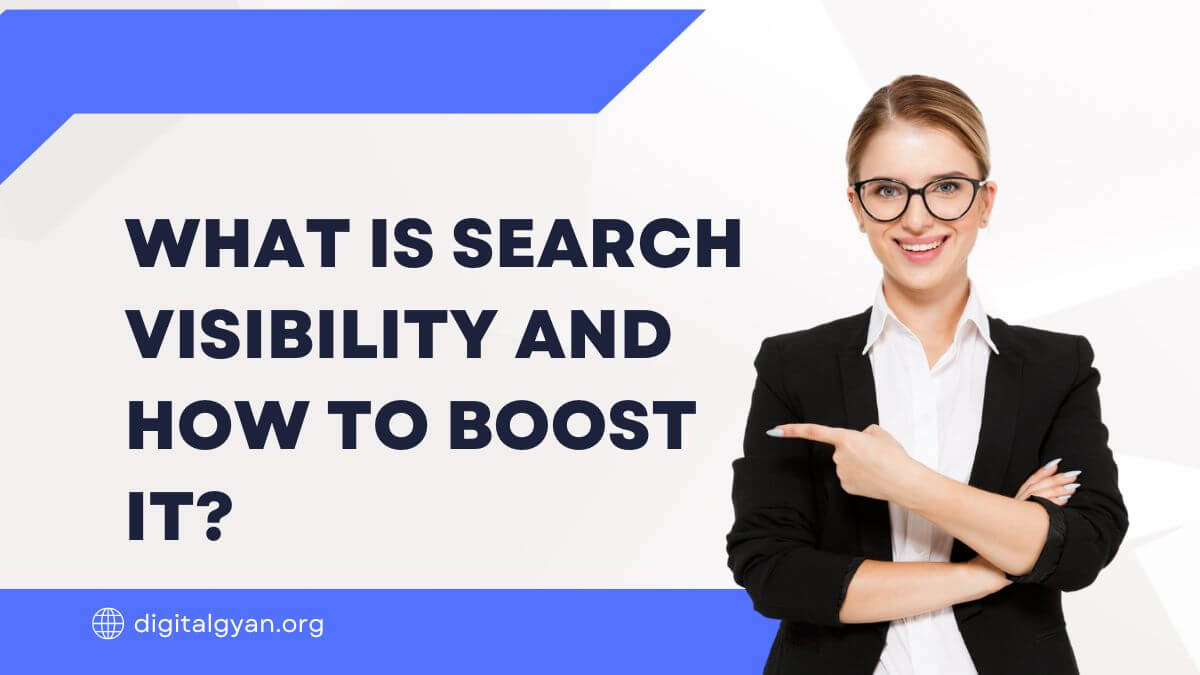Everything You Should Know About Helpful Content
Nowadays, Google has been putting much emphasis on helpful content in its major algorithm updates. Helpful content can make or break your blog or website.
But what is helpful content at all and why should you care about it if you are serious to make money from your website or blog? With search engine giant Google being the go-to source for information, understanding their definition of “helpful content” is essential.
In this post, we will explore the intricate guidelines for helpful content set forth by Google, enabling you to understand and implement their recommendations effectively.
What is Helpful Content at All?
The term “helpful content” often refers to information provided online that effectively addresses user queries and provides valuable insights. It goes beyond simply presenting information; it aims to meet the needs and expectations of users, answer their questions, and offer solutions to their problems. Helpful content can encompass various formats, such as articles, blog posts, videos, infographics, podcasts, and more.
The importance of delivering value to users
At the core of helpful content lies the principle of providing value to users. Google, as a search engine, endeavors to deliver the most relevant and useful results to its users’ queries, ensuring an optimal search experience. Thus, creating content that fulfills this objective is vital for both achieving high rankings on search engine result pages (SERPs) and fostering user satisfaction.
Balancing informative and engaging content for optimal usability
Helpful content encompasses both informative and engaging elements. While the content should be well-researched and provide accurate information, it should also be presented in an engaging manner to captivate the audience’s attention. Striking a balance between being educational and entertaining can enhance user engagement, making the content more helpful and memorable.
Google’s Perspective on Helpful Content
Google aims to organize the overwhelming amount of information available online and make it easily accessible to users worldwide. Their mission is to deliver the most relevant and helpful results for any given query, ensuring that users obtain quality information and solutions quickly. Google’s success lies in providing an unmatched search experience, where users can trust and rely on the results they receive.
Google employs sophisticated algorithms that assess various factors to determine the quality and relevance of web content. These algorithms continuously evolve to improve search results and combat spammy or low-quality content. Google’s complex ranking system reveals their commitment to providing users with high-quality and helpful content by aligning the search results with their search intent.
Key principles guiding Google’s definition of helpful content
Google has specific principles in place to assess the helpfulness of content, some of which include:
1. Relevance and accuracy: Helpful content should address the user’s query accurately, providing information that is relevant to their search intent. Well-researched and fact-checked content is highly valued in Google’s evaluation.
2. Well-structured and easily readable: Content that is presented in a logical and organized structure, with headings, subheadings, and paragraphs, enhances readability and helps users navigate through the information easily.
3. Authoritative and trustworthy sources: Google favors content from reputable sources that demonstrate expertise in their respective fields. Citing reliable references and providing valuable insights from industry leaders bolsters the credibility of the content. It boosts the confidence of the reader in the content and matter presented therein.
4. Consistency and fresh updates: Websites that consistently publish fresh and updated content are considered more useful to users. Regularly updating content demonstrates the site’s commitment to staying relevant and providing users with the latest information. It does not necessarily mean that you should post every hour like news sites but do not leave posting for months.
5. Engaging and user-friendly formatting: Content that incorporates visual elements, such as images, videos, infographics, or interactive elements, can enhance user engagement. Additionally, user-friendly design, intuitive navigation, and quick loading times contribute to a positive user experience.
Optimizing Content to Align with Google’s Guidelines
Conducting comprehensive keyword research for targeted content
An essential step in creating helpful content is conducting thorough keyword research. Understanding the keywords users are searching for enables content creators to address those queries effectively. By strategically incorporating relevant keywords into the content, it becomes more likely to rank highly in SERPs and reach the intended audience.
Crafting compelling headlines while maintaining accuracy
The headline is the first point of contact users have with content. It should accurately reflect the content’s main topic while being attention-grabbing and compelling. Clear and concise headlines help users understand what to expect from the content.
Implementing proper metadata and descriptive tags
Providing accurate and descriptive metadata, including title tags and meta descriptions, allows search engines, like Google, to understand the content’s context and purpose. These elements appear on the search engine results page, influencing users’ decision to click on the link.
Incorporating multimedia elements to enhance readability
Visual elements, such as images, videos, infographics, or charts, enhance the overall user experience and make the content more engaging. Including relevant multimedia elements within the content can effectively convey complex information and increase user retention and understanding.
Fostering internal and external linking strategies effectively
Internal linking allows users to navigate through the website easily, while external linking to authoritative sources corroborates the credibility of the content. Employing appropriate linking strategies strengthens the overall usefulness and reliability of the content.
Striving for an optimal page loading speed
Page loading speed is one of the major user experience factor making it helpful for the end user. A fast-loading website improves user experience and reduces bounce rates. Google considers page loading speed as a significant factor when evaluating a website’s helpfulness. Optimizing images, eliminating unnecessary code, and leveraging caching techniques are essential steps to achieve faster loading times.
Pitfalls to Avoid When Creating Content
Over-optimization and keyword stuffing
While keyword optimization is essential, over-optimizing content can lead to penalties from search engines. Keyword stuffing, or excessively repeating keywords, disrupts readability and diminishes the helpfulness of the content. It is crucial to strike a balance and provide comprehensive content that naturally incorporates keywords.
Plagiarism and low-quality content practices
Plagiarism, copying content from other sources without proper attribution or permission, is strictly discouraged and can result in severe penalties from search engines. Additionally, generating low-quality or thin content that lacks substance and fails to provide value hampers the helpfulness of the material.
Engaging in manipulative link schemes
Link schemes, such as buying or acquiring irrelevant and low-quality backlinks, deceive search engine algorithms and compromise the integrity of the content. Google explicitly discourages participating in any manipulative linking practices, as they undermine the helpfulness and usefulness of content.
Neglecting mobile responsiveness and accessibility
As mobile usage continues to rise, ensuring that content is responsive and accessible on mobile devices is crucial. Neglecting mobile optimization reduces the usability and helpfulness of the content for a significant portion of users.
Ignoring user feedback and relevance signals
Google takes into account user feedback, such as click-through rates, bounce rates, and time spent on page, to gauge the helpfulness of content. Ignoring these signals and failing to address users’ needs and expectations can lead to a decrease in visibility and rankings on SERPs.
Conclusion
In conclusion, understanding Google’s guidelines for helpful content is paramount for online success. By adhering to these guidelines, content creators can improve their chances of ranking higher on SERPs and provide users with valuable experiences. Remember, creating helpful content goes beyond appeasing search engines – it is about genuinely assisting and engaging with users, ultimately leading to long-term success in the world of digital content.

